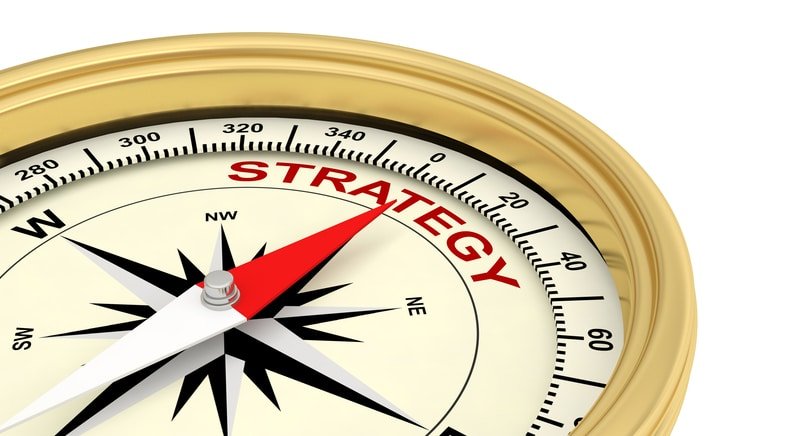Most Leaders Have Not Developed Solid Blueprints for the Future
I am increasingly concerned that many supply chain leaders are avoiding the question of “What is our strategy?” This trend (can we refer to it as a trend?) began when executives started viewing strategic plans as documents required for a bookshelf or efile but not anything more.
Surveys tend to report this sad state of affairs. In one recent report, only one-third of supply chain leaders could point to their strategies, whether verbal, written or both. Even those who could describe their strategy admitted that their blueprint was not fully thought out. They had not evaluated whether scenarios were feasible for mission critical strategies. At best, most strategies were narrow, functional strategies that did not fully integrate (E2E) end-to-end goals or opportunities that could yield tangible competitive advantage for their companies, much less true value creation.
The Strategic Challenges Facing Supply Chain Leaders
Couple this with the wide variety of strategic issues that supply chain leaders must deal with every day, and it’s no wonder supply chains still face issues almost three years post-pandemic. True, enterprises do not need another book to sit on a shelf or in an efile. But they need to have options ready to face issues that include:
- The impacts of a struggling economy – inflation, uncertainty and volatility
- Risk mitigation and recovery
- Building resiliency
- Diversifying sourcing
- The rapid impacts of new technologies
- Changing customer and consumer preferences
- Multiple options for the Mega Processes: BUY – MAKE – MOVE – DISTRIBUTE – SELL
- New talent requirements and capabilities to keep up with the leaders.
- Problems in execution that take priority over strategy development.
- Continued stakeholder pressures to just “make your numbers.”
- The lack of C-level business goals to build strategies on.
This example list could extend into social matters, such as company culture, loyalty, priorities, motivation and other EQ (emotional quotient/emotional intelligence) factors that are strategic because they enable or limit creativity, productivity and ability to change. Indeed, the speed of change is at issue in today’s dynamic environment. In truth, there are no obvious ends to strategic issues that today’s leaders must understand and manage.
Another important point: Boards and CEOs require strategic plans, but supply chain leaders are most often charged with reducing costs. A robust supply chain strategy will include options that help supply chain leaders not only reduce costs but grow revenue. A dynamic strategy should enable most of your enterprise’s business goals, and certainly those that call for cost management, profitable growth and capital efficiency.
From Strategic Issues to Strategic Opportunities
Such a strategy will move your enterprise from dealing with strategic issues to taking advantage of strategic opportunities – in effect, from total defense to a balanced mix of defense and offense. This is the perfect time to get involved in strategy development, as daily firefighting is not a solution to competitive advantage or true value creation.
Developing or adjusting supply chain strategies need not be as time-consuming or distracting as it once was. Sure, supply chain strategies are more complex and complicated than before. But the enhanced knowledge of E2E visibility, along with the accumulation of actionable visibility and related data, are creating a more nimble environment for new or revised strategies. Boards and C-level executives are now more interested in their supply chain effectiveness and performance, and supply chain leaders are being asked more questions.
We have seen supply chain leaders at a number of companies step up to create, design, develop, modify or reset their strategies to fit the new global and domestic economic and business realities. We would like to discuss how Tompkins Ventures can help you update your supply chain strategy to handle constant disruption and build competitive advantage. Contact COO Mike Royster, and let’s discuss options.
Tompkins Ventures Business Partner Gene Tyndall has decades of experience developing supply chain strategies for some of the world’s leading companies. He is coauthor of the new book Breakthrough Supply Chains.

